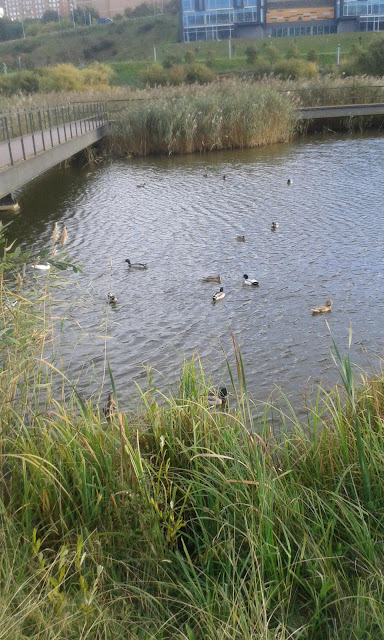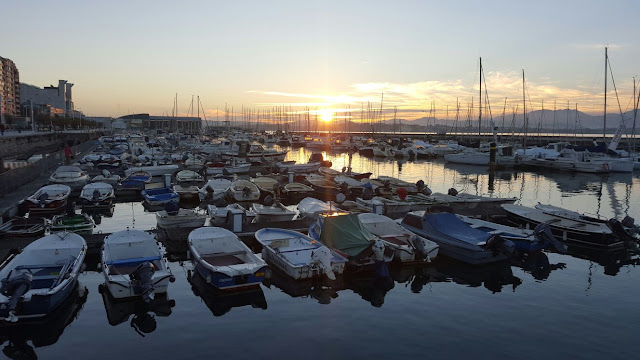León (España)_ León (Spain)
Founded on the site of the Roman camp in Hispania once occupied by the Legio VII Gemina, and lying on the banks of the River Bernesga, León is a town whose history goes back a thousand years. Having been subjected to the Barbarian and Moslem invasions, as from the 10th century it witnessed the emergence of the monarchy and nobility of northwestern Spain. Nowadays León is a peaceful town that has been designed to suit the needs of its inhabitants and visitors and which enjoy first-class road and motorway connections with all the key towns of the Iberian Peninsula. Its Gothic cathedral -referred to by the Latin term "Pulchra Leonina" owing to the beauty of its stained-glass windows and the equilibrium of its dimensions-serves as the starting point for what is delightful tour of the town´s medieval nucleus.
Arte y Cultura:
Art and Culture:
Algunas fotos de la Catedral (Some Cathedral´s pics):
2.- Convento de San Marcos:
Antigua casa primada de la Orden de Caballería de Santiago. Su montamental fachada plateresca se realizó en el siglo XVI. Hoy es un hotel de lujo cuyo interior parece un museo por los tapices, alfombras, cuadros y relojes que adornan sus salas.
2.-Convento de San Marcos:
Ancient house of the Order of the Knights of Santiago. Incredible building whose monumental Plateresque façade dates from the 16th century. Today it is a luxury hotel whose interior would seem to be a museum, adorned as it is with tapestries, bureaus, carpets, paintings and clocks.
Algunas fotos (Some pics):
3.- Casa de Botines:
Conjunto arquitéctonico singular, debido al talento del arquitecto Gaudí, con fachadas a cuatro calles y torre en cada ángulo.
3.- Casa de Botines:
This is an extraordinary work of architecture, an expression of the talent of the Catalan architect Gaudí, and features foursectioned façades and a turrent on each corner.
Otros monumentos y lugares de interés turístico y cultural/ Other monuments and turistic places to visit:
- Colegiata de San Isidoro.
- Ayuntamiento (viejo).
- Palacio de los Guzmanes.
- Palacio de los Condes de Luna.
- San Salvador del Palat del Rey.
- San Marcelo.
- Nuestra señora del Mercado.
- Murallas.


nice pictures. really feeling to visit them
ResponderEliminarYou add more pictures heer on the church
ResponderEliminar